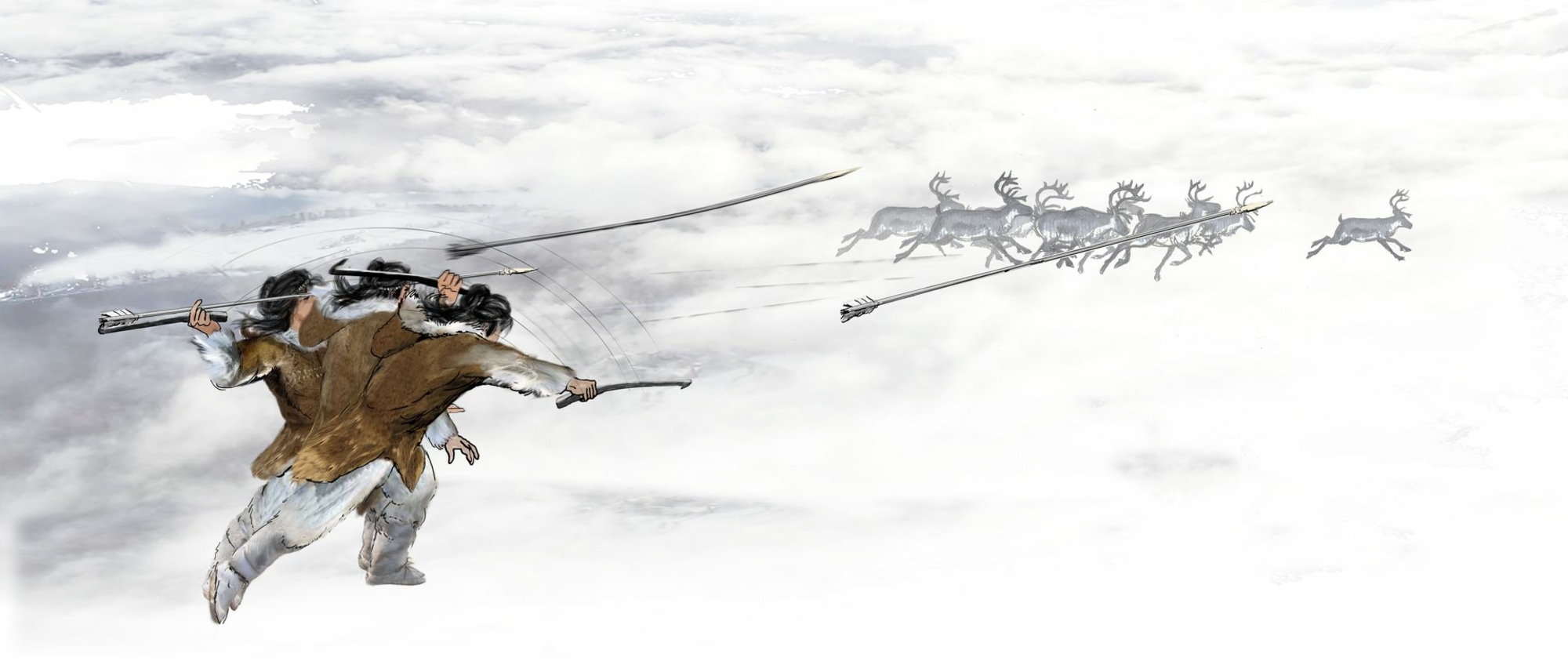
- Home
- Explore the site
- Hunting
- Zooarchaeology sheds light on a cluster of horse remains
The place where a cluster of horse remains containing 555 remains of bones was found was probably used by habitation A17 of locus 1.
The fact that they were lying together contributed to their preservation. The least robust pieces are the most altered, along with those found on the edges of the cluster. There are many fragments of skulls and front and back limbs, all similarly well-preserved. However, there is very little from the axial skeleton (vertebrae and ribs). From this we can deduce that only parts of the horses’ carcasses were handled here, and that the vertebral column was left on the site where the horses were hunted.
The fact that the three horses were butchered together also suggests they were hunted at the same time. The age of the horses, which can be determined from the composition and wear of the teeth, indicates that the Magdalenians targeted a family group. It consisted of a foal of a little over one year, a young adult aged approximately 4 years, and an adult aged 9 years. These three animals would have provided approximately 450 kg of food (meat, fat and bone marrow). Given the fact that the peak time for the birth of horses is the beginning of May, and that the foal was approximately 13 months old (give or take one month), it appears the hunt took place in the spring. The hunting tactics used, blocking the horses’ way and driving the family group together in one location, is evidence of the use of collective hunting tactics.

